TOUCH ME, DON’T TOUCH ME
Bianca Phos & Yorgos Stamkopoulos
MAR 15 — APR 15, 2023
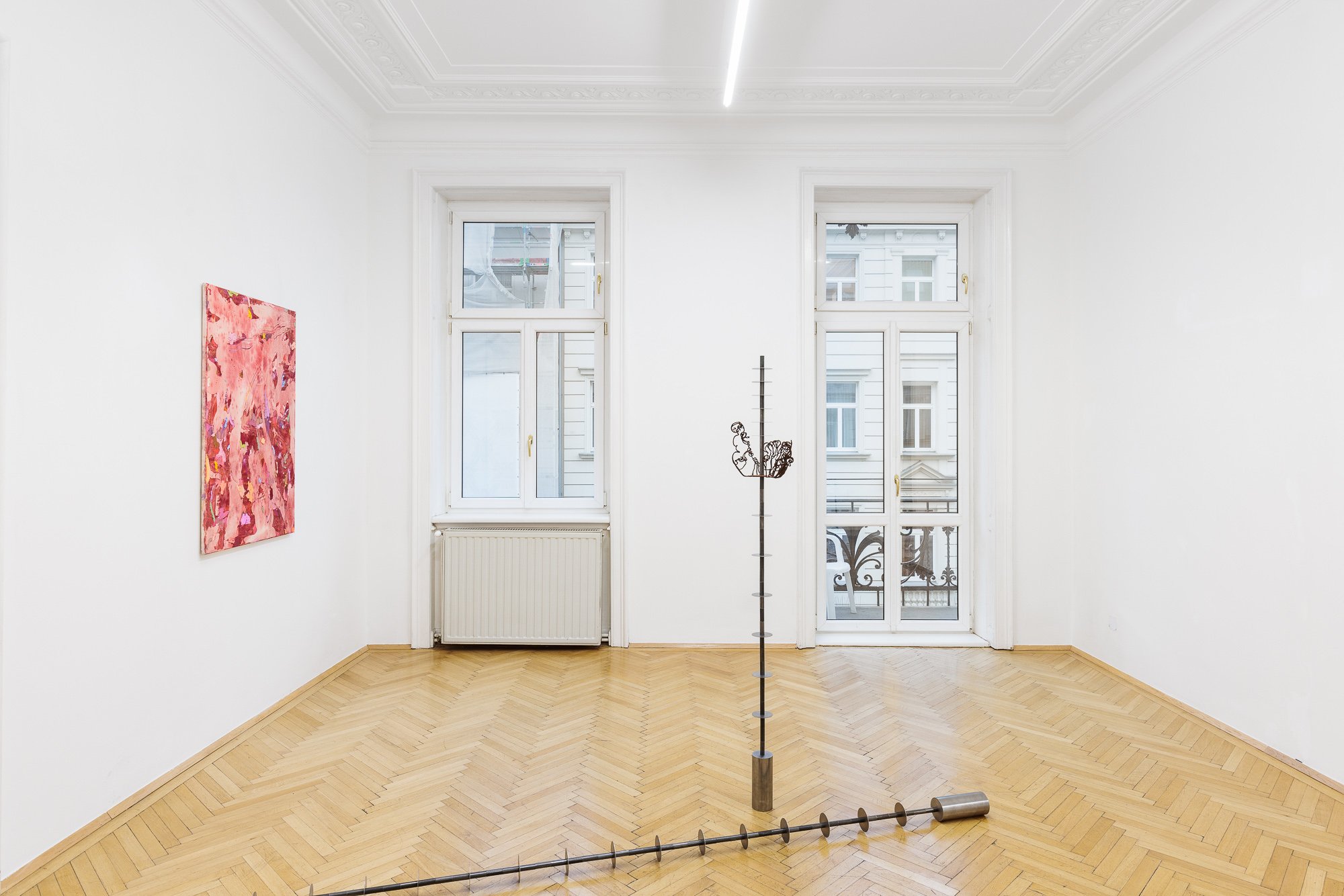
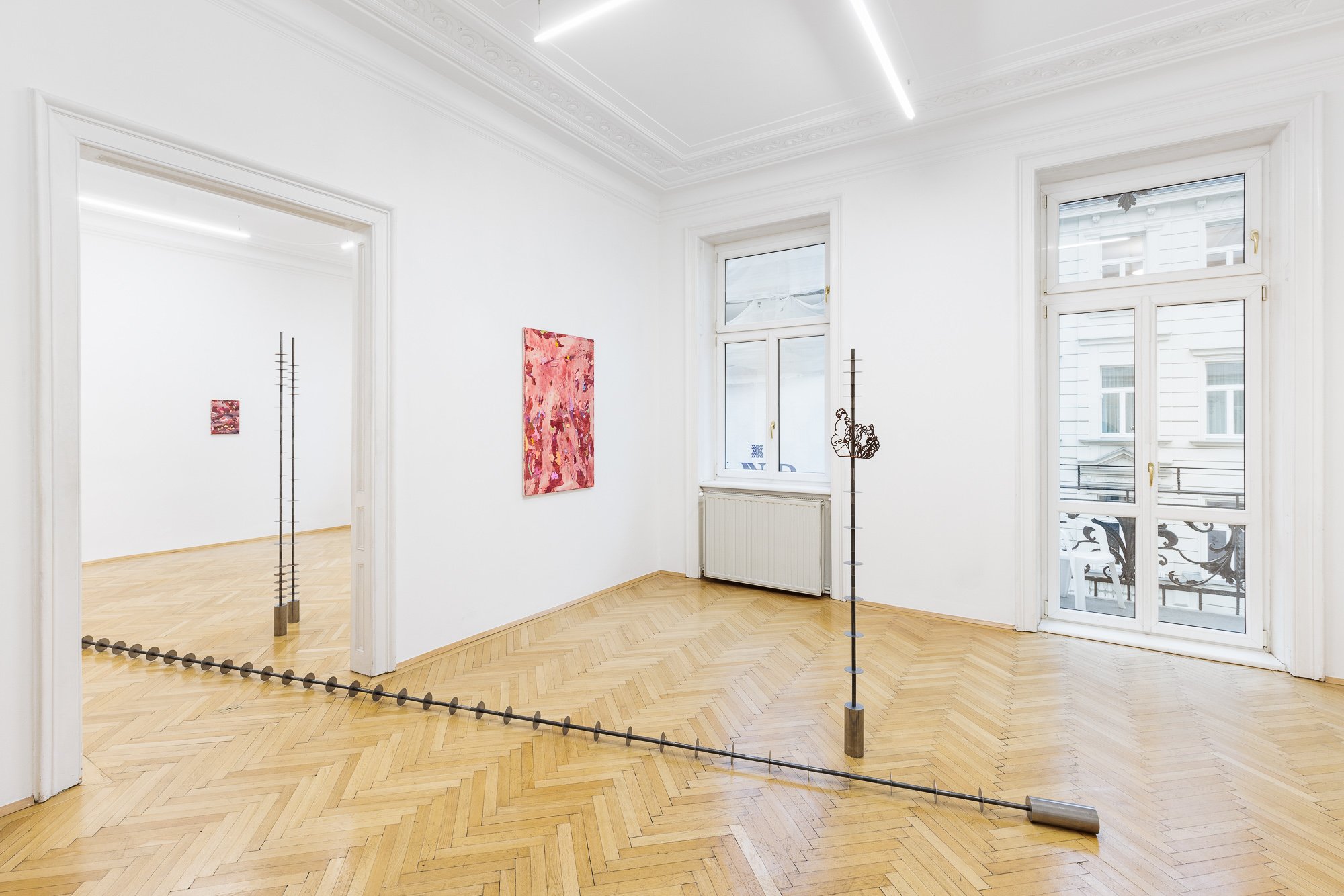

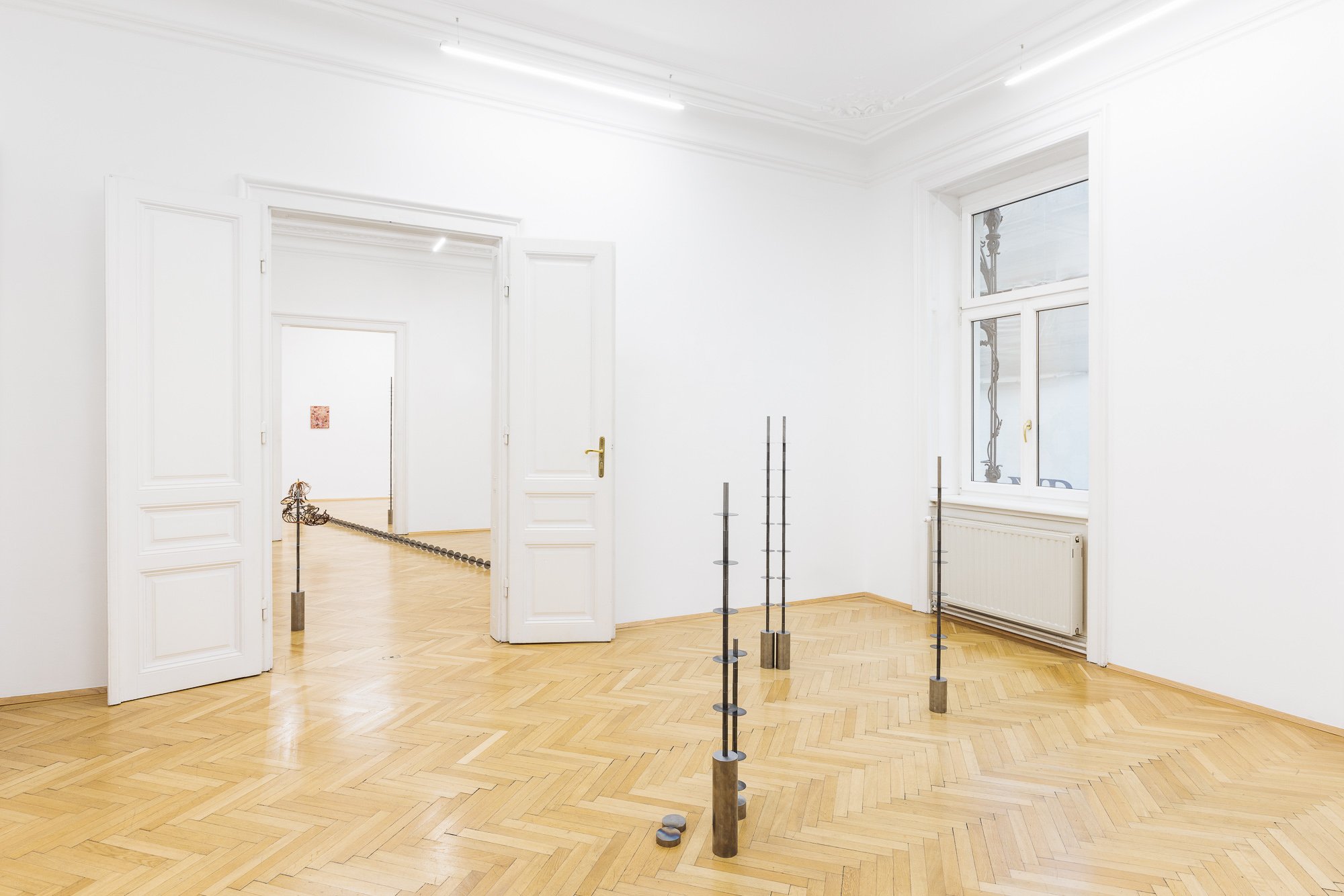

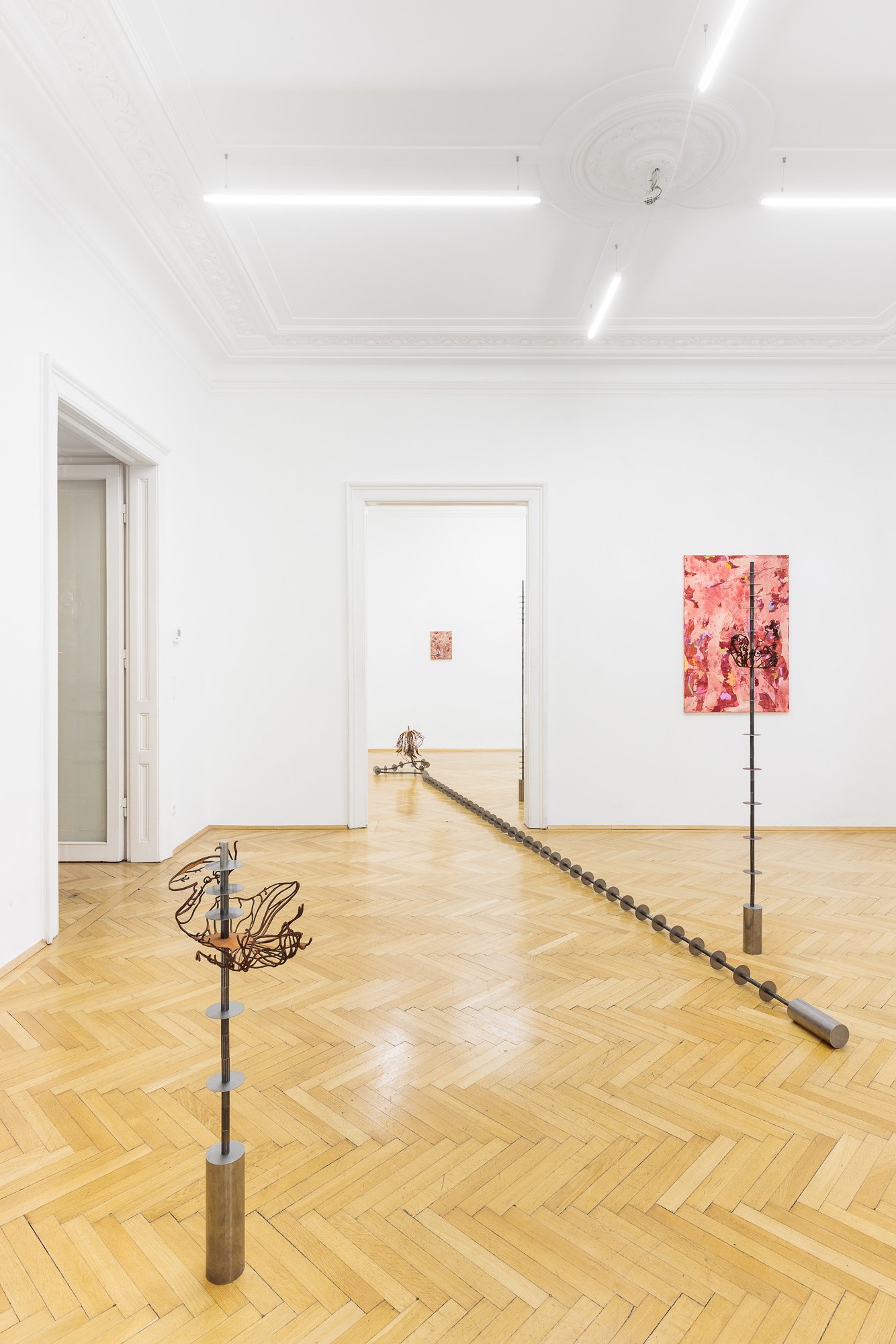
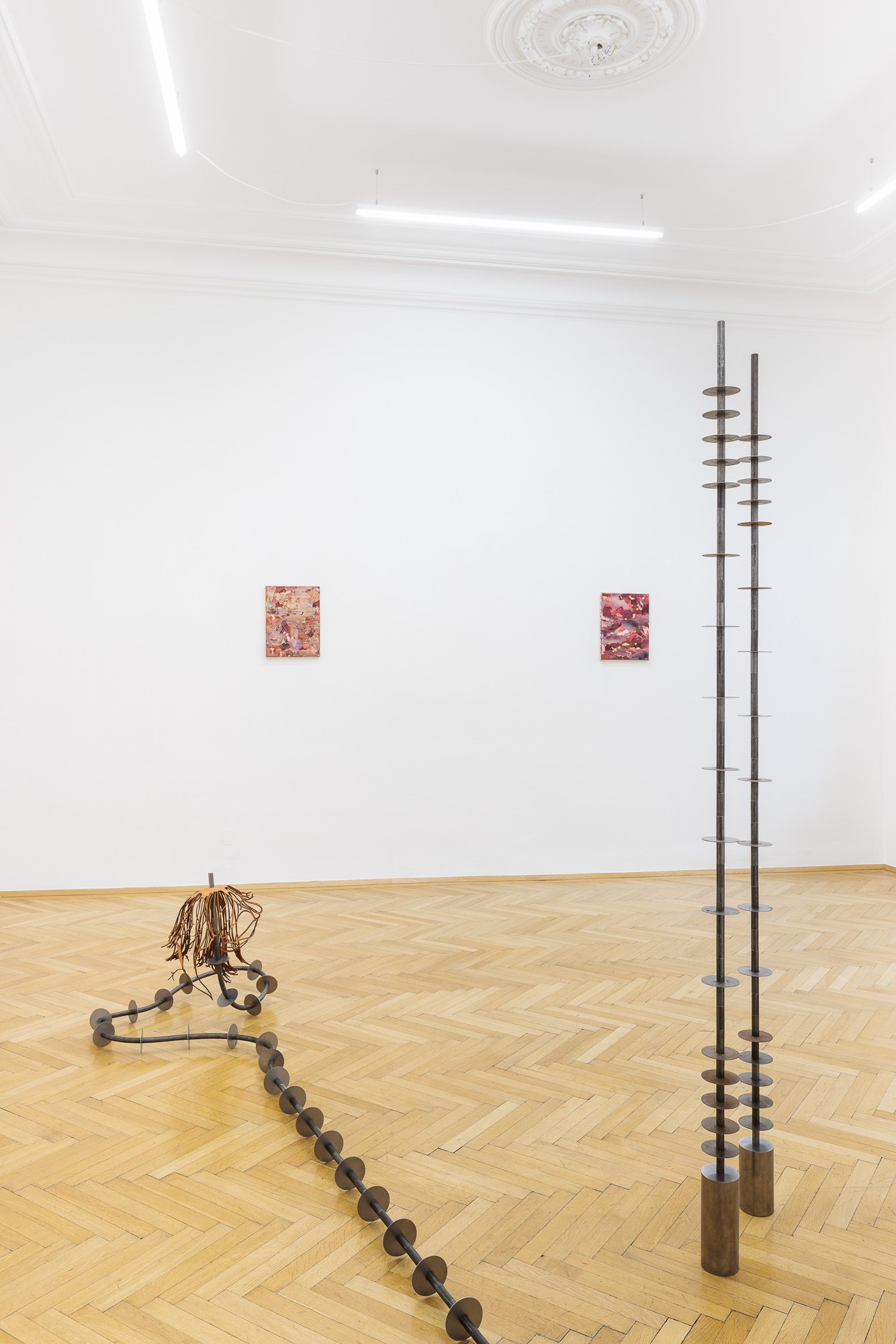
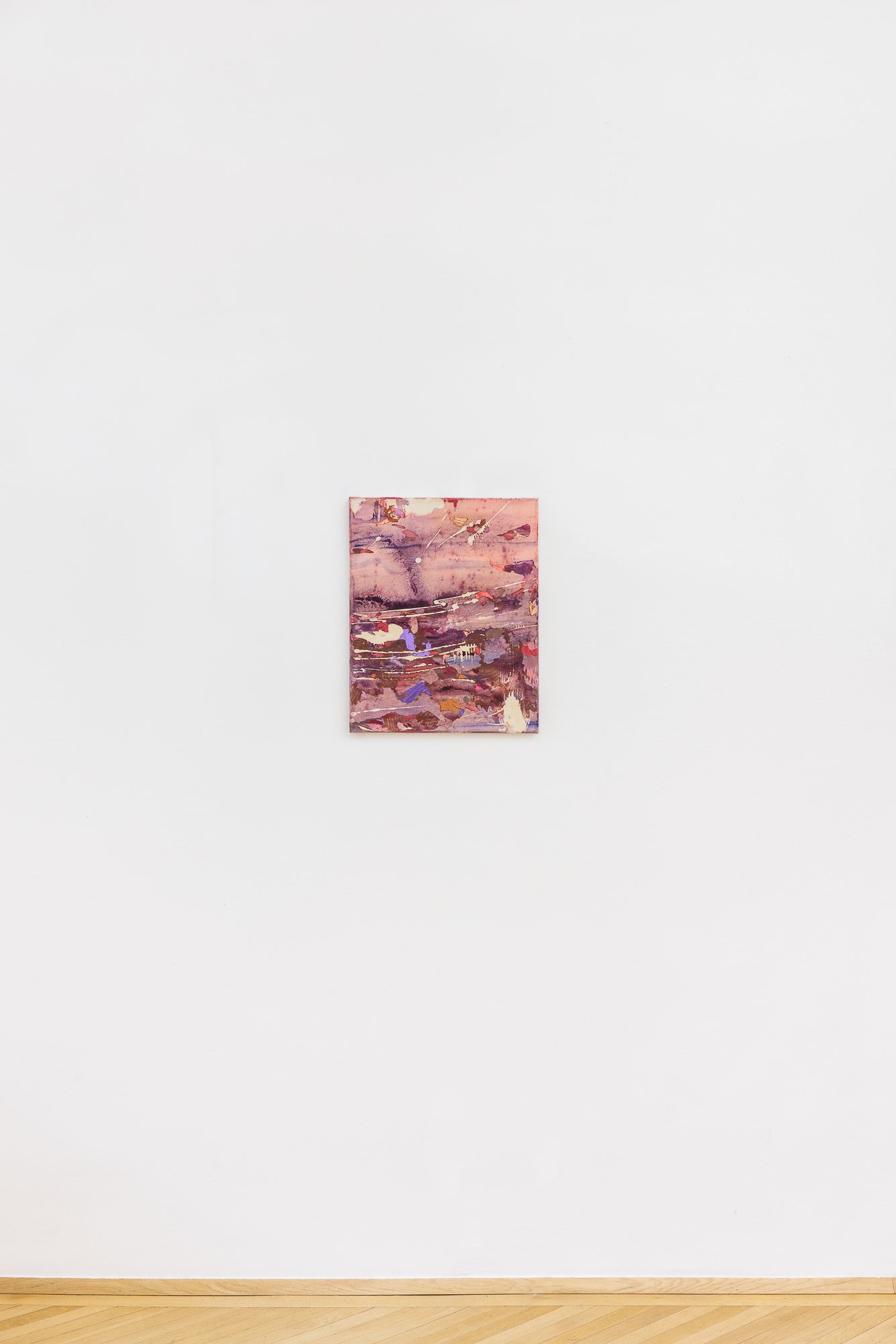
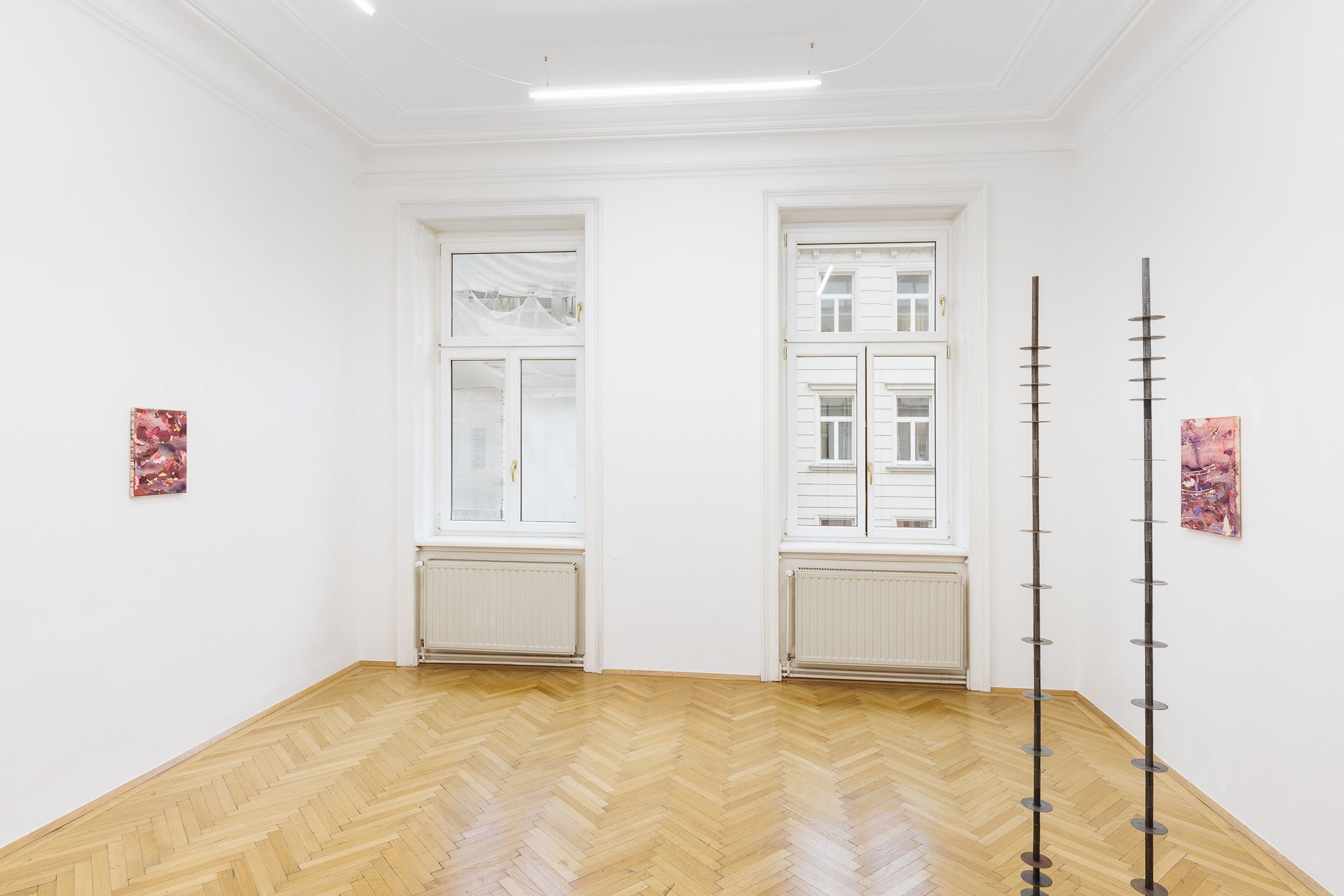
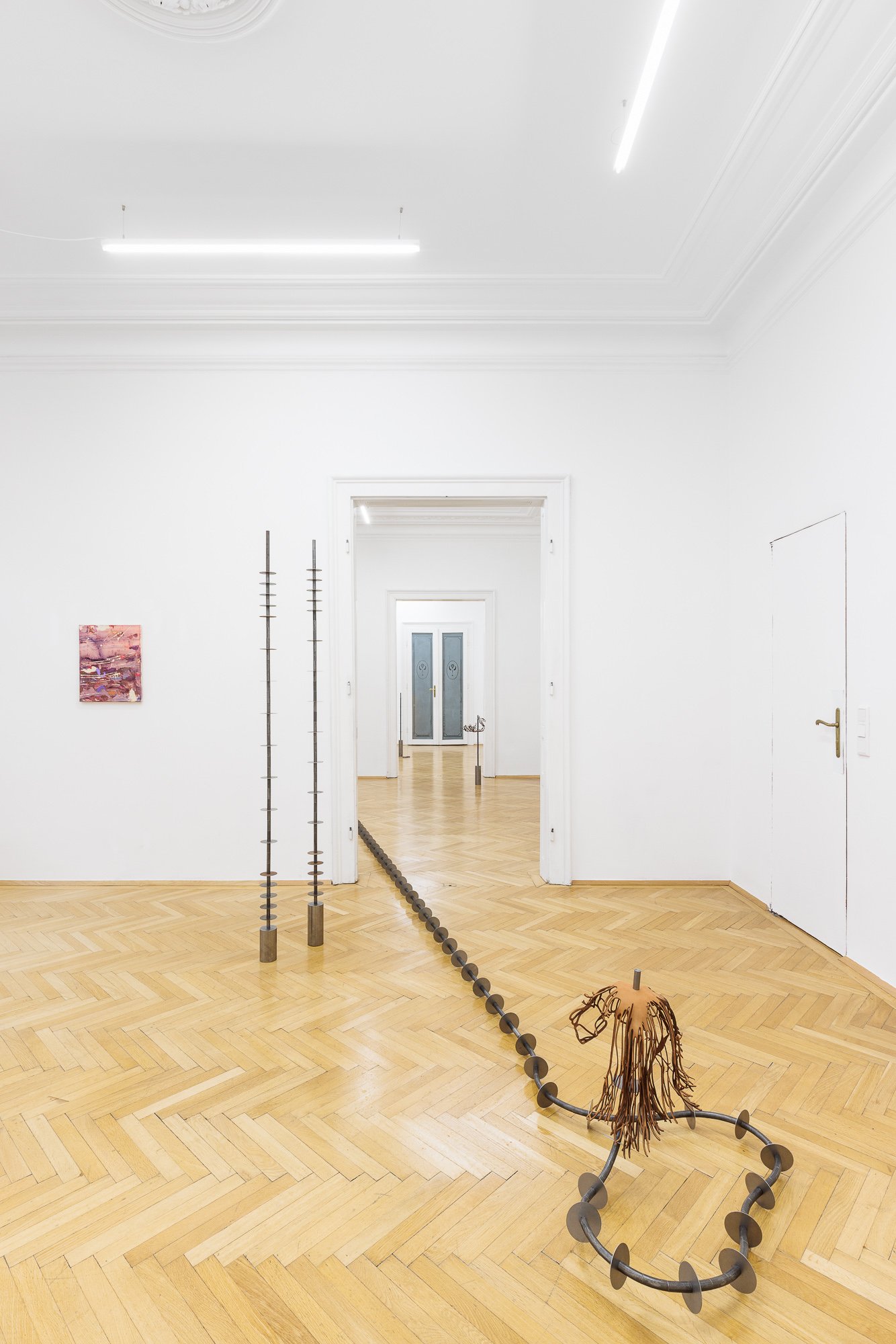
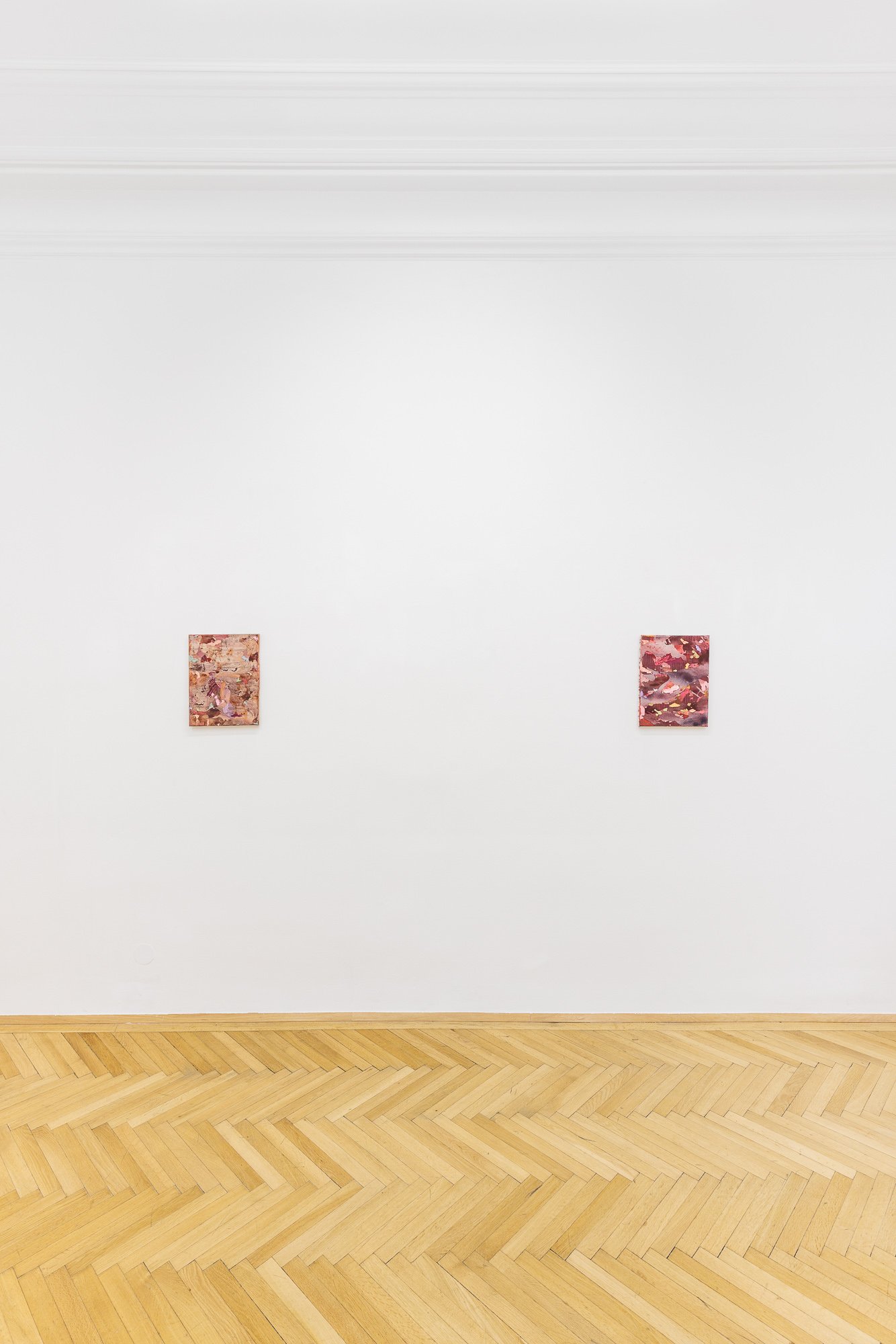
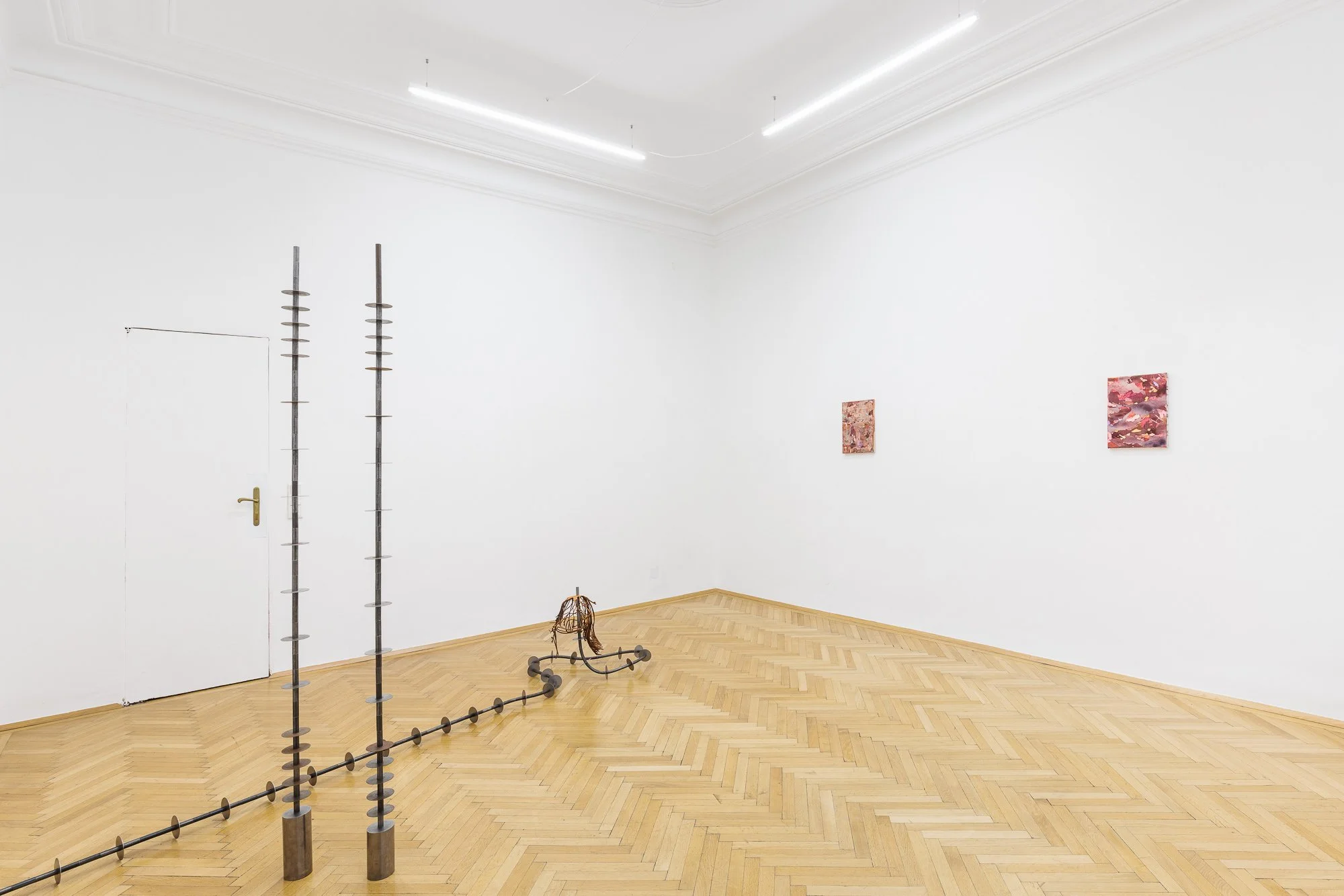
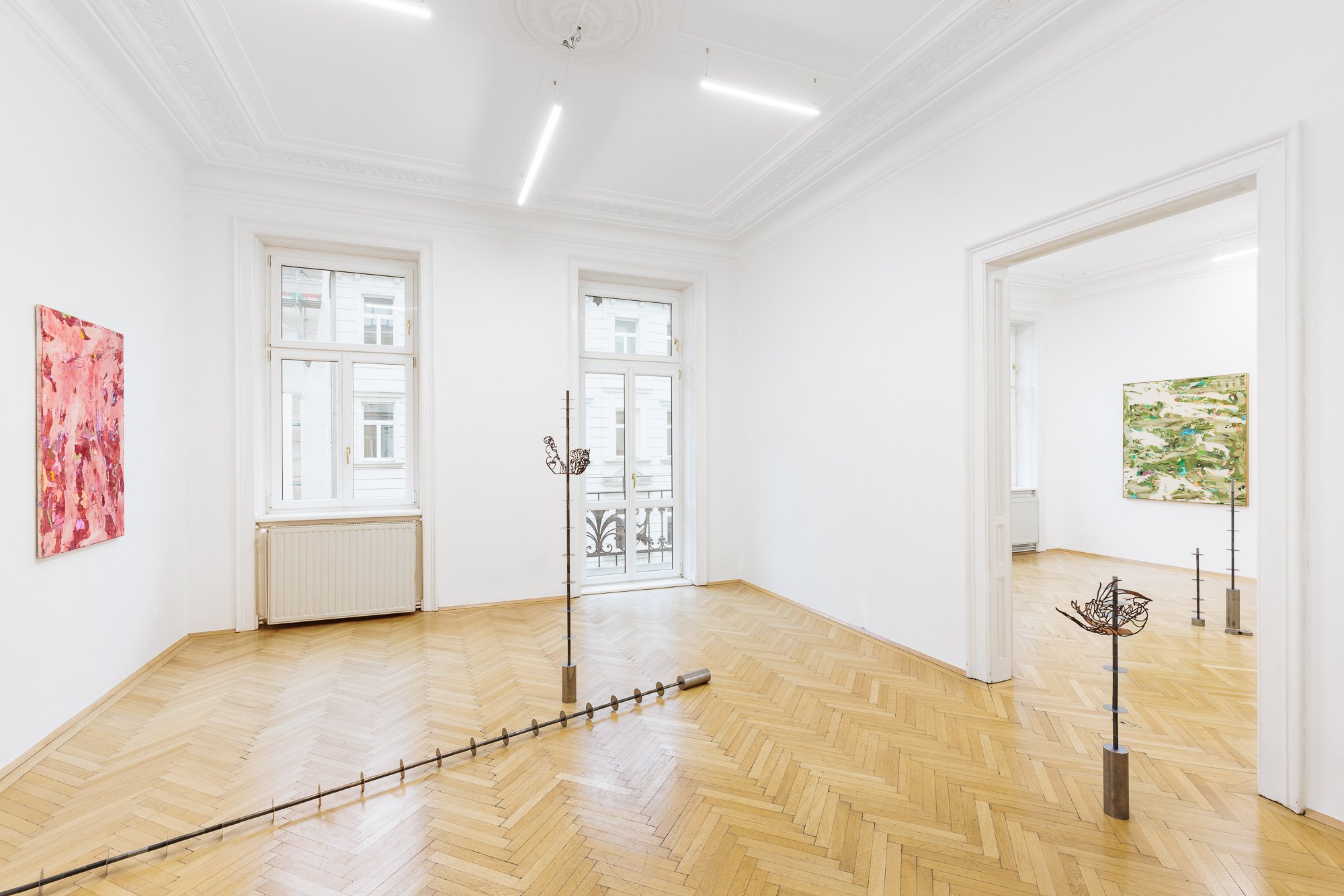
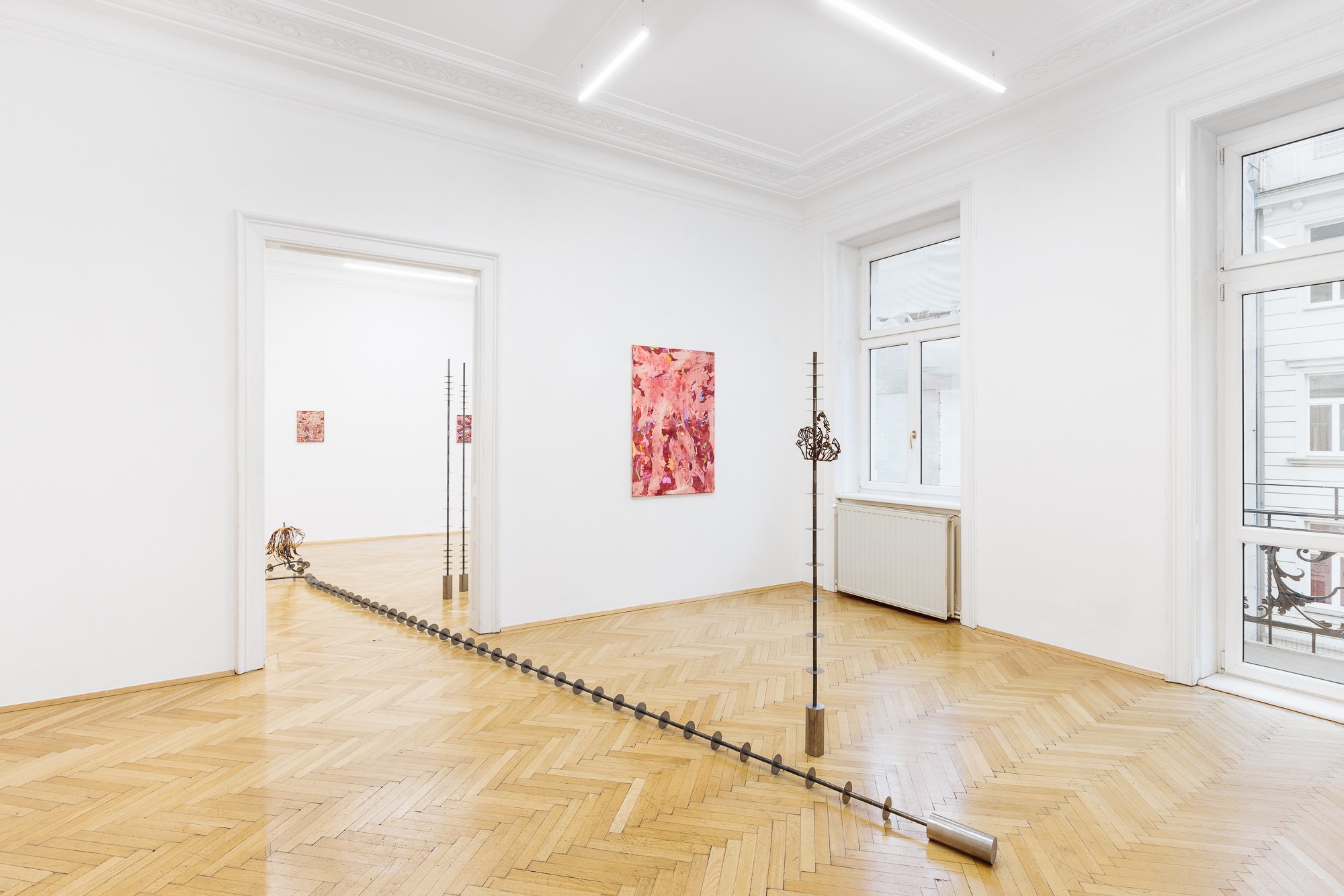
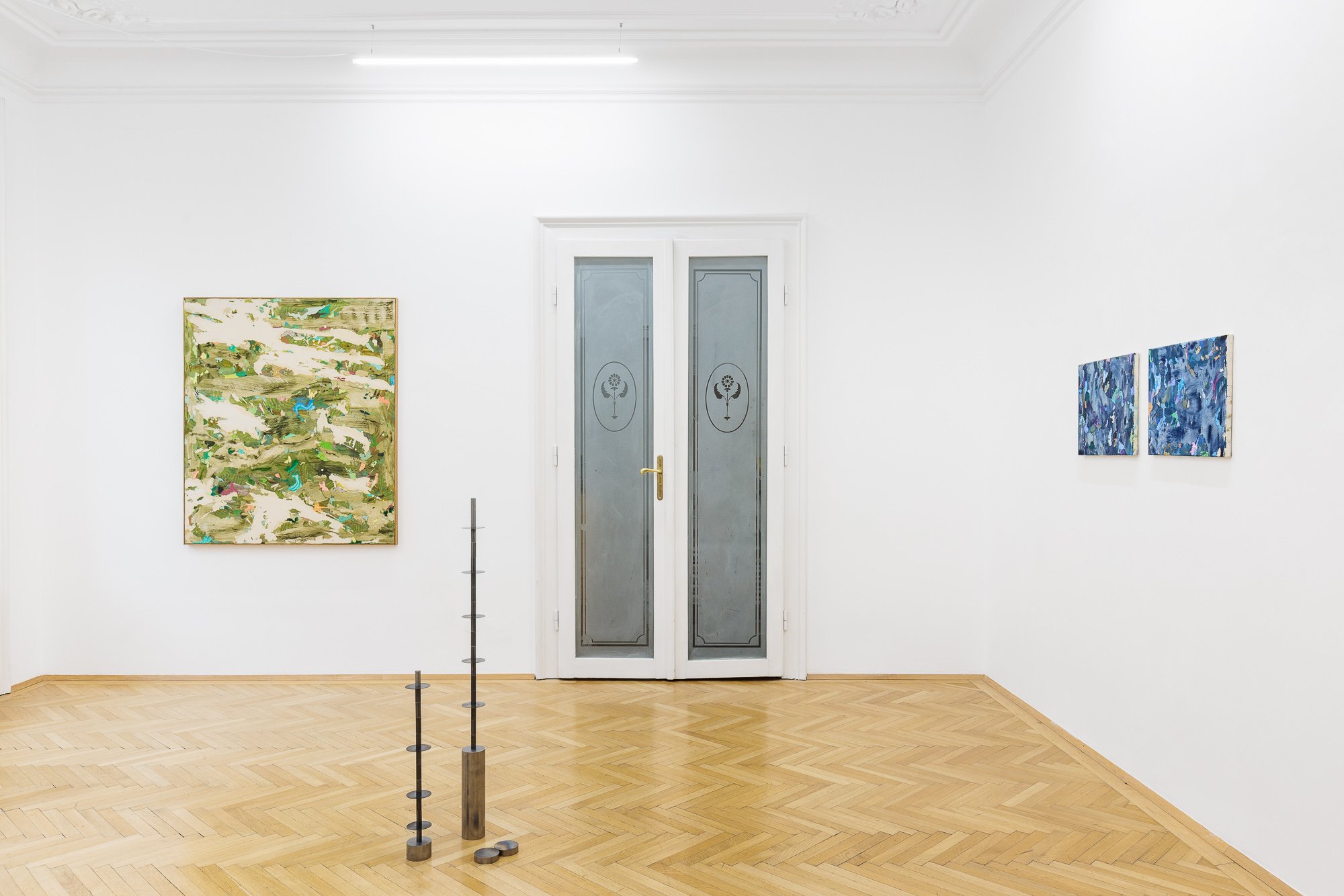
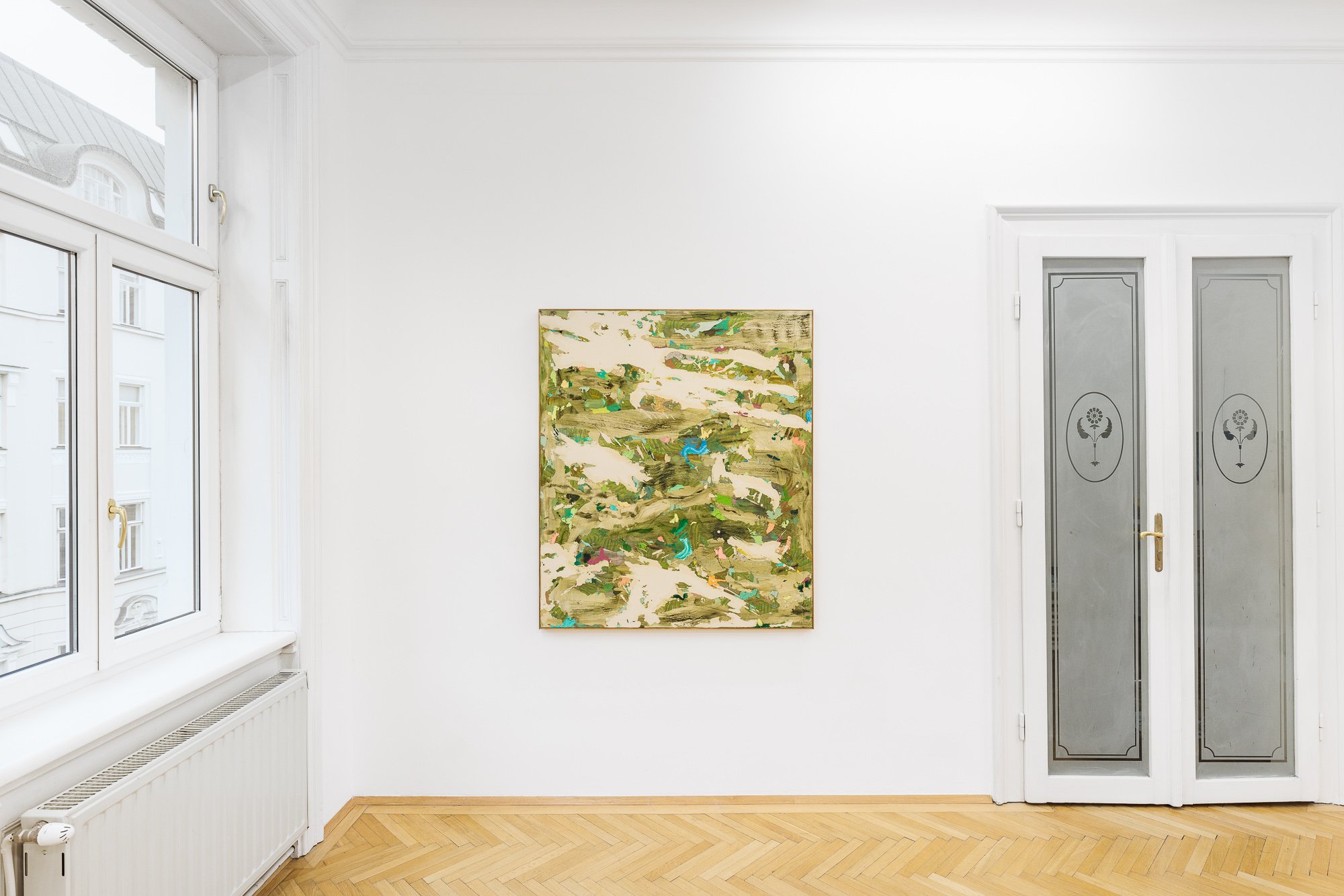

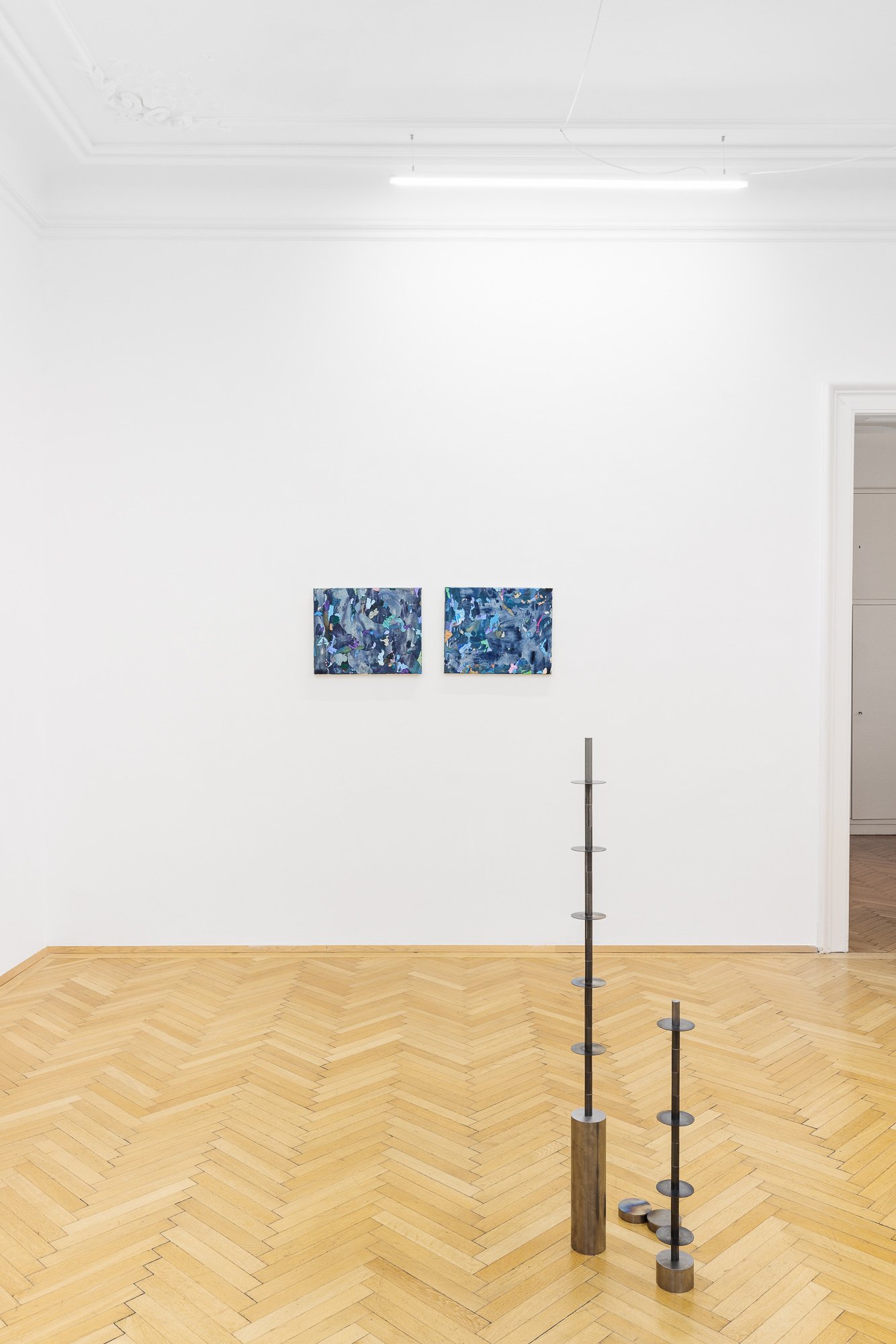
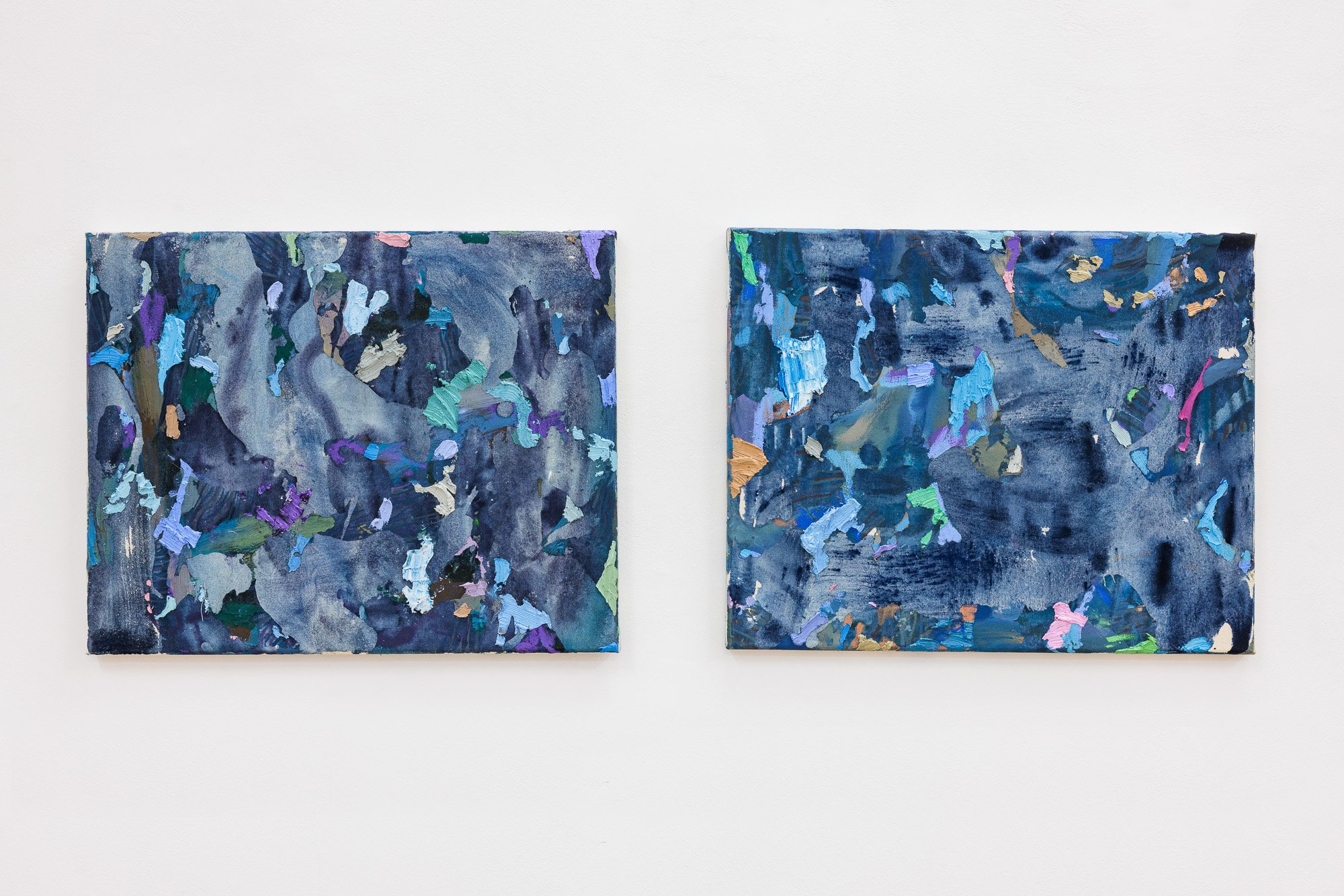

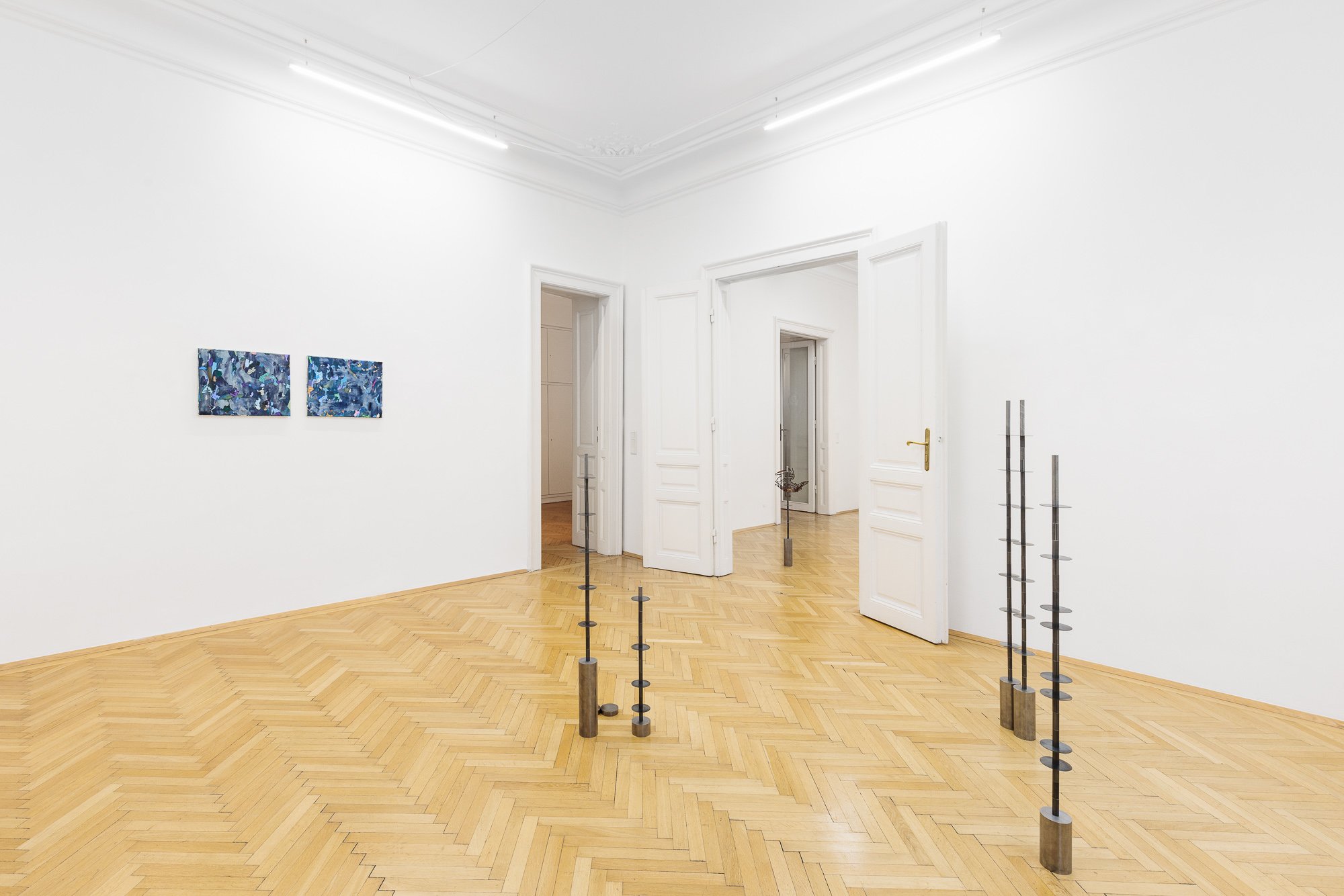
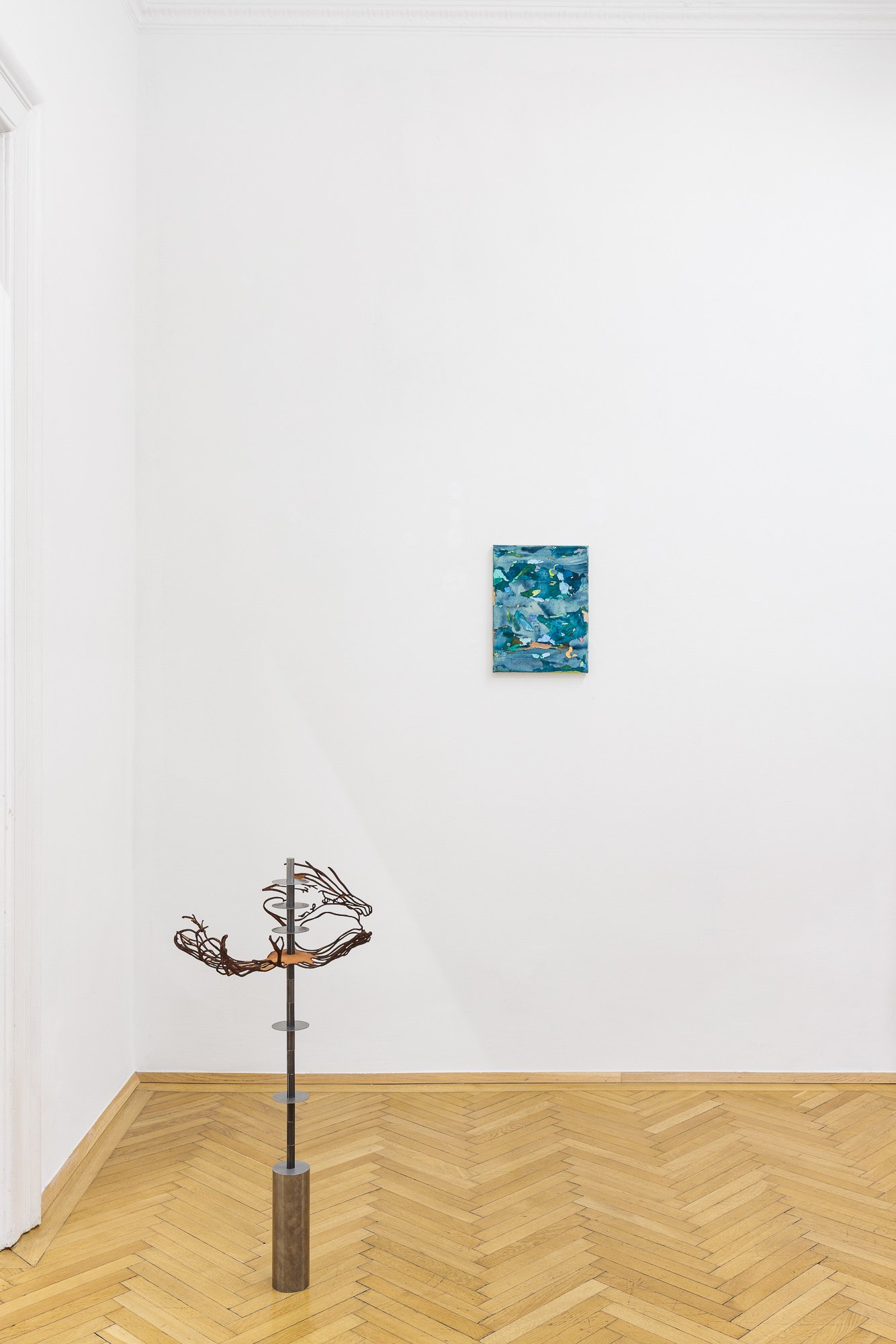
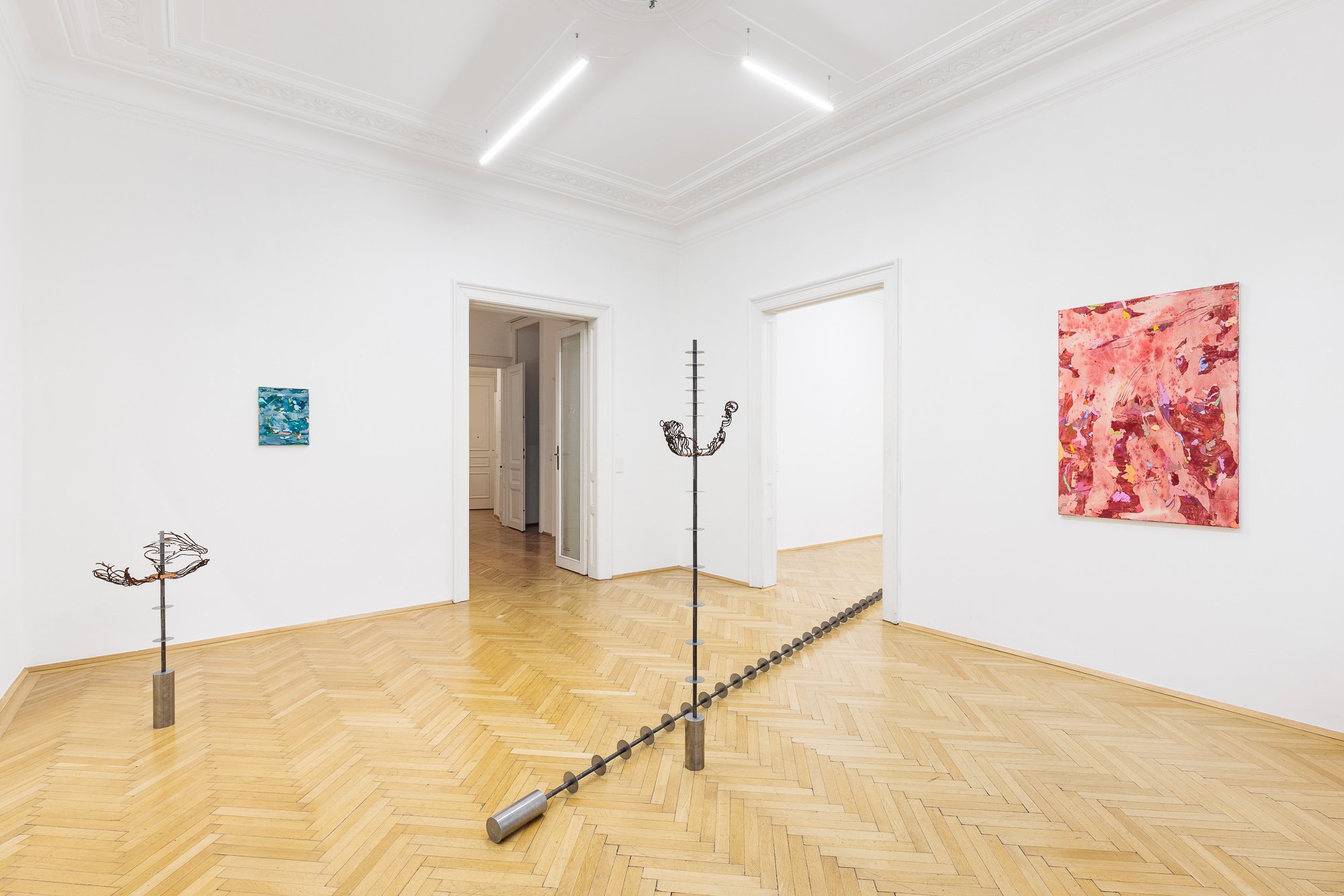
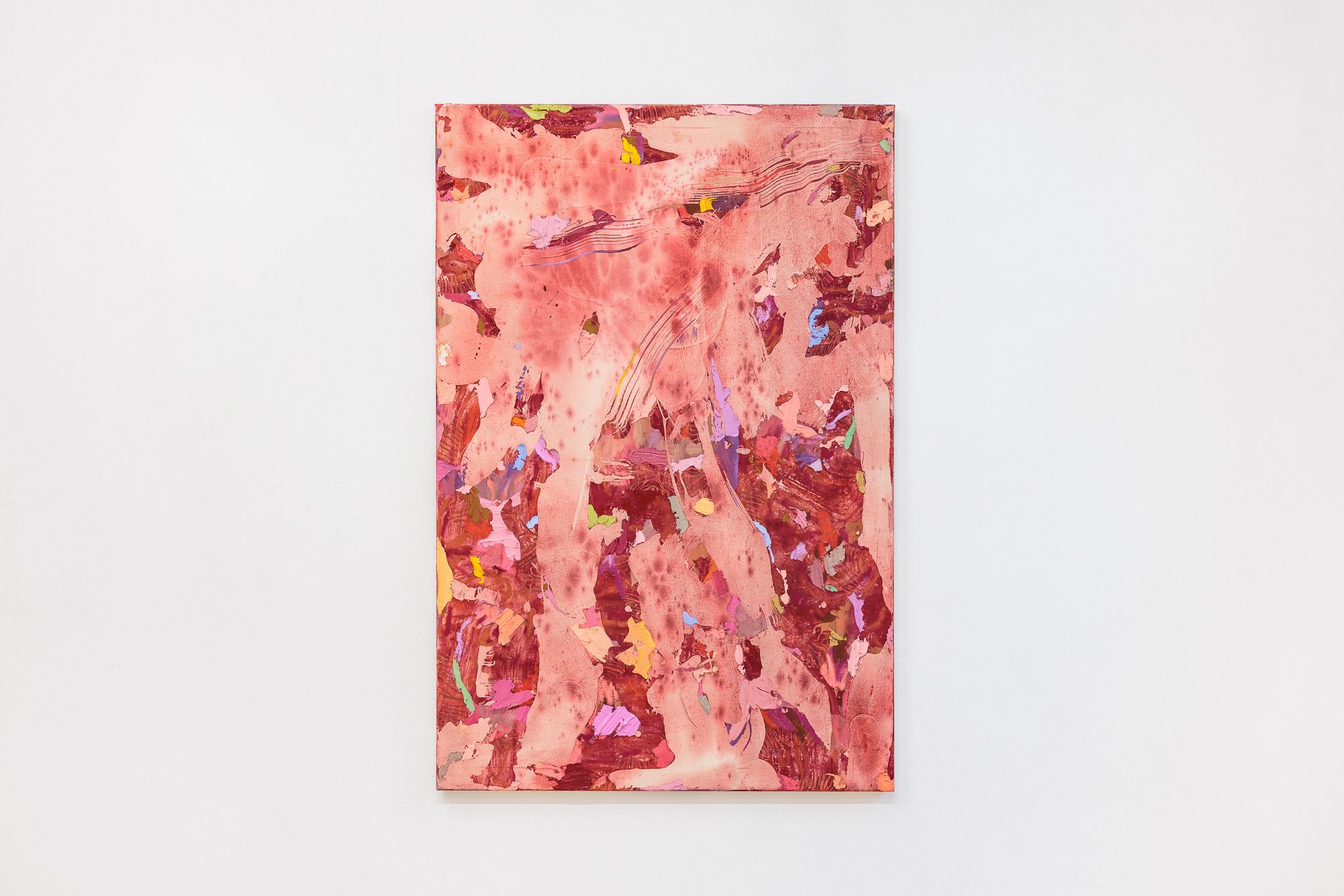
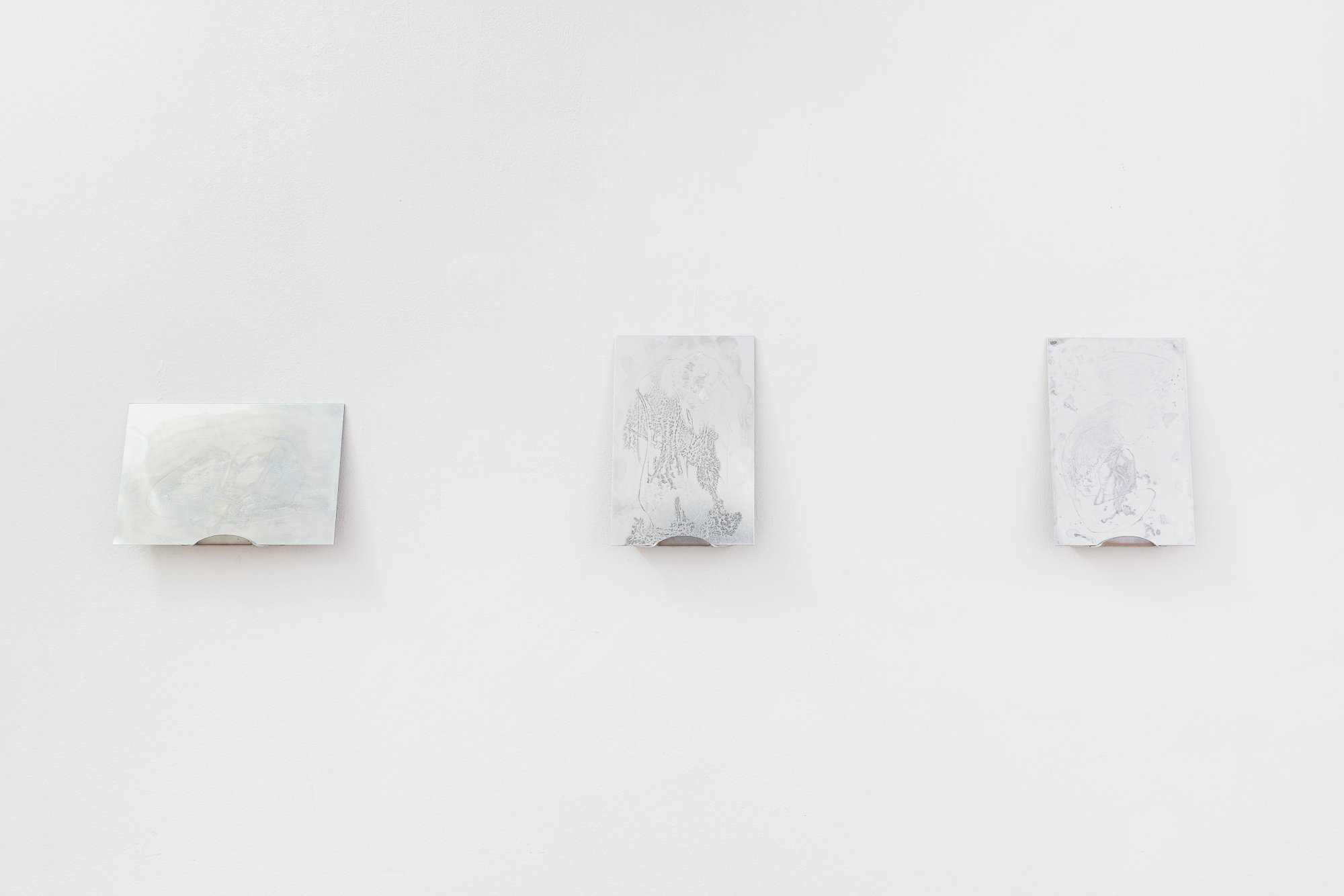

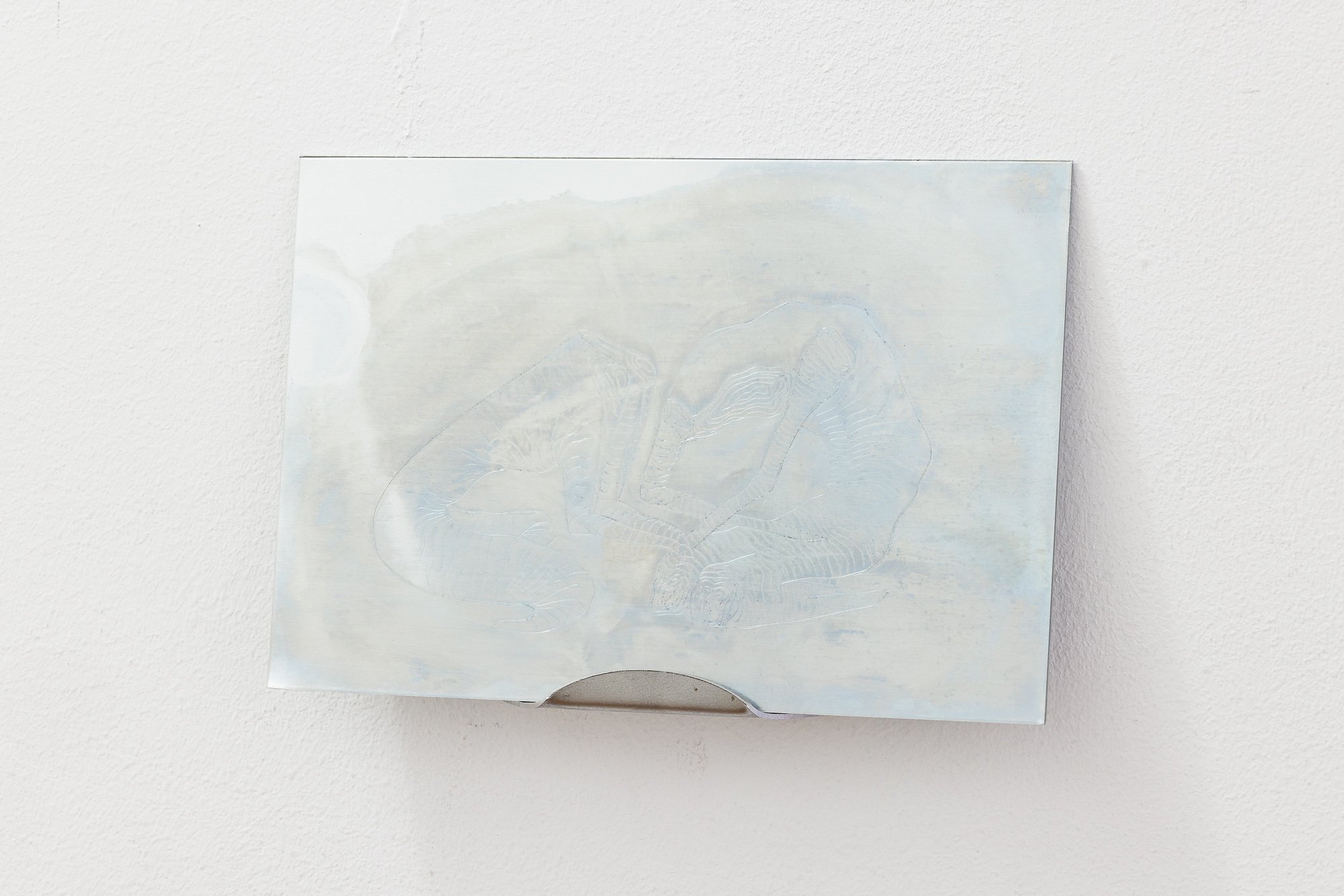
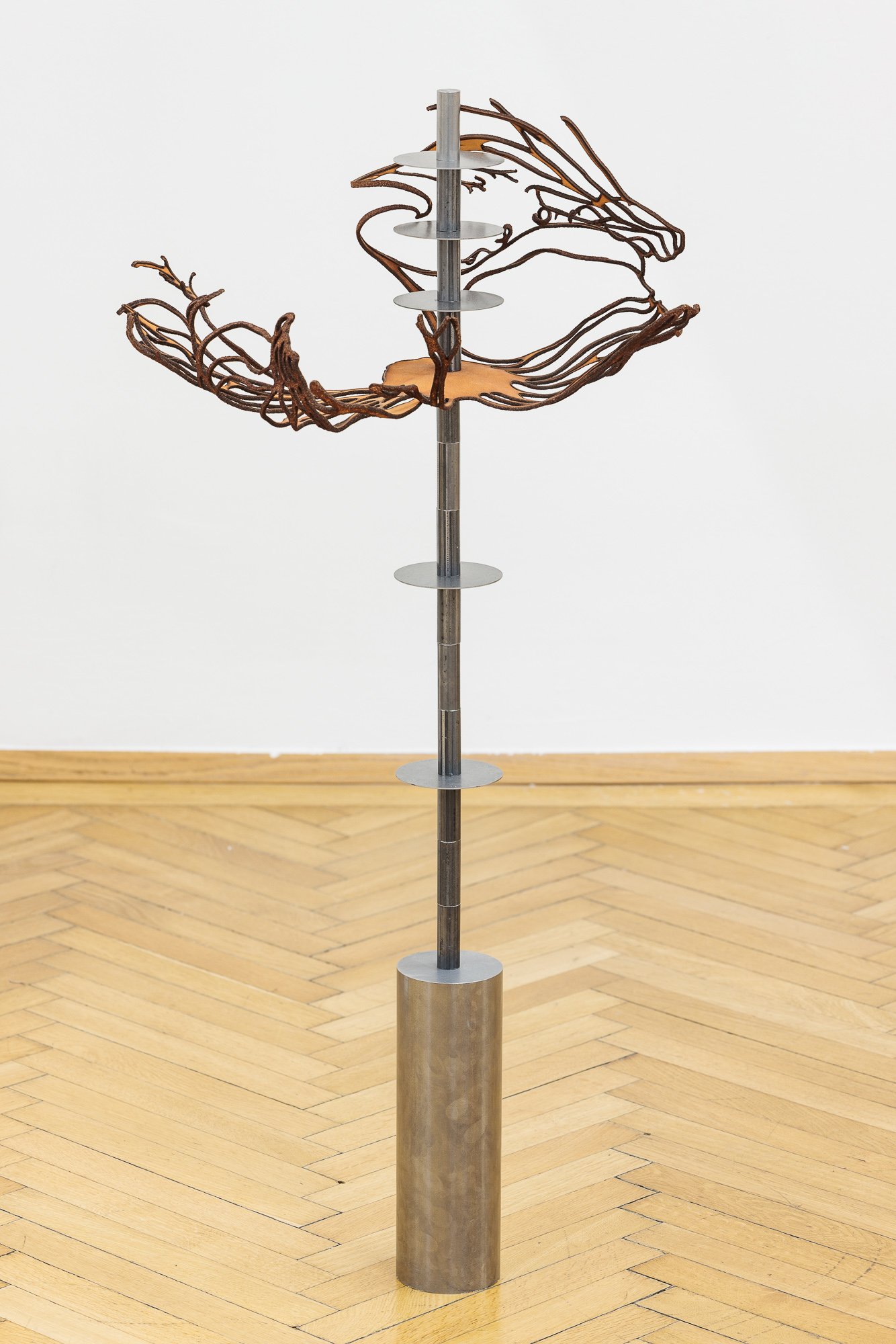

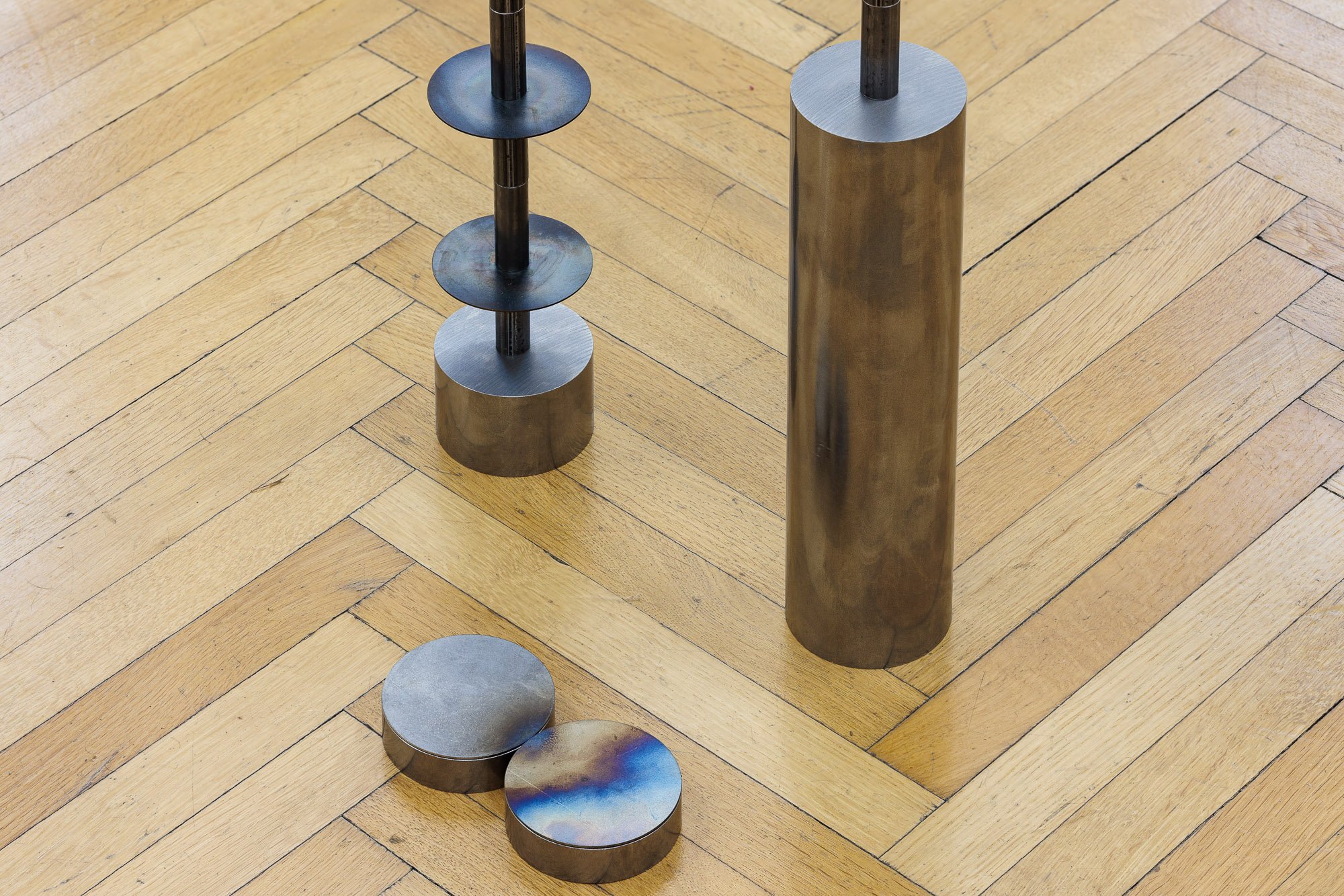
In utero touch is the first sense that we develop as humans. From a young age we’re told “don’t touch the stove” and what do we do if we wake up in the middle of the night? Grasp around in the dark. Throughout our lives, touch is a moment of physical connection that gives us a greater understanding of the world around us. What does it then mean when these enticing moments of touch lead to additional confusion instead, and the act of touching is warped from a process of learning to one of unlearning? It is precisely this subversion of expectations that both Yorgos Stamkopoulos and Bianca Phos play with in the materiality and conceptualisation of their work.
Since Giorgio Vasari introduced the idea of disegno during the Renaissance, the idea that the artist can transpose his abstract genius by the touch of his pencil or paintbrush to canvas has been a core principle of Art History. However, in the process of making his works, Yorgos Stamkopoulos turns this idea on its head. Unlike the Renaissance genius who can control his creation by the careful placement of his brush, Stamkopoulos can never fully determine the outcome of his efforts. Methodically applying layer upon layer of paint, he undermines his own agency by peeling away the top layer of paint once the canvas is completely saturated. It is a way of working Stamkopoulos likens to the process of casting a sculpture rather than painting; at the end of the day, the final work can never be fully controlled by himself alone.
Like peeling away a second skin, Stamkopoulos intentionally lays his artistic practice bear. Exposing the indeterminate messy underlayer is of greater interest to him than presenting a final perfected piece. It is no longer just the visual but also the visceral aspects of his work that are now equally important. With no recognisable figures or objects depicted the viewer is left to make up their own associations. However, in addition to the usual questions posed by abstract painting, the mystery shrouding Stamkopoulos’ process further avoids an easy answer or explanation. All the viewer is left with is their subjective encounter with the work, how it individually touched them.
Bianca Phos on the other hand, considers touch more abstractly as one of the many stimuli that affect how we embody our environments. Her sculptures are formally inspired by illustrations of neural pathways in animals and humans, but Phos chooses to materialise these internal structures with a playful materiality. At first glance, the works teeter on the edge of violence; sharp steel discs come dangerously close to cutting soft leathery tendrils. However, upon closer inspection, these disks bear the scars of weathering caused by rain or exposure to fire, whereas the seemingly soft leather has been shrunken and hardened by exposure to boiling water. Touched by external forces, all materials have inherently changed.
Yet this is not a process Phos can fully control either, which is why her sculptures perfectly embody how we internalise the world around us. Our bodies are persistently exposed to stimuli, but the significance of these forces vary from person-to-person and are in constant flux. The touch of a friend one day, can become that of a lover the next. Likewise, how this information is processed and once more externalised by the individual is unpredictable. In this way, Phos considers bodies as porous membranes into which information constantly flows, is translated, and then regurgitated. Every action has an indeterminable reaction leaving us not only vulnerable to the outside world, but the outside world also vulnerable to our response. The result is an infinite number of unpredictable entanglements between us and not only other living organisms, but also our surrounding environment.
And yet, rather than shying away from this unpredictability, Yorgos Stamkopoulos and Bianca Phos both place it at the centre of their practices. Touch me, don’t touch me; understanding is both important and not important when encountering their work. As artists, it is impossible for them to fully predict how others will respond to their creations. It can lead to deeper associations – a way of understanding art or even oneself – but at the end of the day, both artists invite you to relish in the questions themselves rather than any clear answers.
Hannah Marynissen, 2023